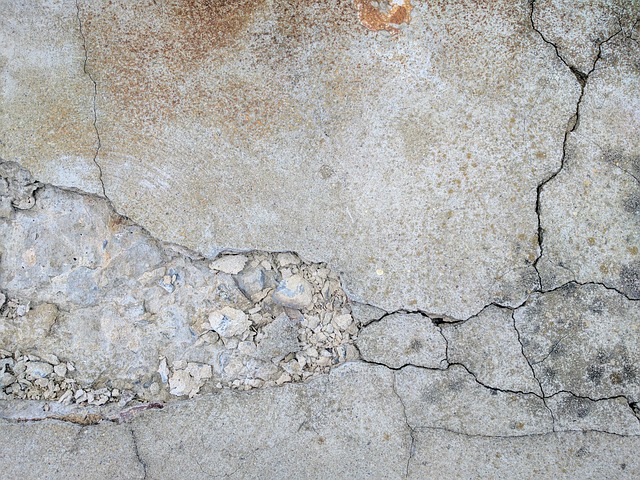
How to Control Concrete Shrinkage
Posted By:Dynamic Concrete Pumping , Date: Sep 12, 2019

A concern when it comes to using concrete is drying shrinkage. As concrete dries, it shrinks — and this can cause concrete shrinkage cracks, which are unsightly and can affect the integrity of your concrete. Here are some ideas on how to control concrete shrinkage and how to prevent concrete cracking.
Why Does Concrete Shrink?
Concrete is a mixture of cement and water. As the concrete dries, the cement and water form bonds and harden. Shrinkage cracks are the consequence of excess water evaporating while the concrete dries.
In order to properly mix concrete, you will usually need to add more water than is actually necessary for the reaction you want. Often, about twice as much. That water evaporates during the drying process, meaning it leaves the concrete. Naturally, since material is leaving, the remaining concrete gets smaller or “shrinks.”
What Are the Consequences of Concrete Shrinkage?
If you’ve ever seen a crack in the sidewalk, you have seen the effects of concrete shrinkage. As the concrete shrinks, the areas where it shrinks experience an increase in tensile stress. The result is often cracking or warping, which not only disrupts the normal, smooth appearance of the concrete, but also weakens the concrete structurally.
How Can You Minimize Concrete Drying Shrinkage Damage?
The most obvious way to reduce shrinkage is to mix less water into the concrete. However, this brings its own problems, such as a stiffer concrete mix that is difficult to work with and that can form voids around formwork and reinforcing steel. If you are using a low-water mix, you need to make sure to vibrate the concrete and forms to reduce the likelihood of void formation.
There’s also a number of different types of additives you can put in a concrete mix to reduce water without hurting your mix fluidity. Unfortunately, there is some question as to the effectiveness of many of these additives in reducing shrinkage.
Another method that contractors commonly employ to deal with concrete drying shrinkage damage is adding control joints. These are joints that the contractor intentionally cuts into the slab of concrete. The idea behind control joints is that, when the concrete does crack due to shrinkage, it cracks along the control joints, which are chosen to minimize the effect the cracking will have on the concrete. In this way, you can maintain the integrity of the concrete even if it cracks from shrinkage.
Your best bet in reducing the amount of drying shrinkage when using concrete in a construction project is to have a trained professional pour the concrete for you. They will know the right mix of cement and water to use, how to cure the cement to minimize the amount of shrinkage, whether or not control joints are necessary, and where to place them if they are. While some shrinkage is inevitable, it does not have to be a major setback for your project.
For more on the best ways to pour concrete, contact Dynamic Concrete Pumping today.

